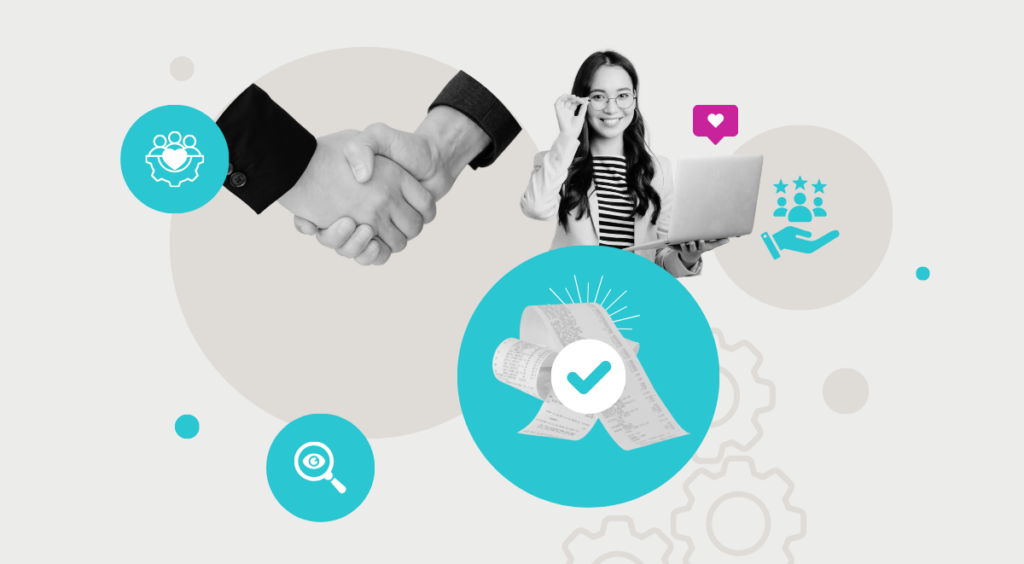For over 20 years, Southwest Gas had relied on a legacy system to manage critical operations that had served its purpose but was no longer capable of meeting the demands of growing customer needs and an evolving industry. Recognizing the need for progress, the utility made the bold decision to transition to a modern CIS, a significant step forward that came with potential risks.
Such a major transition was likely to create pressure points, especially in the back-office. A surge in billing exceptions could overwhelm employees, disrupt workflows, and lead to inefficiencies, billing errors, and a loss of customer trust. Frustrated customers flooding the front-office with calls would stretch resources and add to the strain, creating a high-stakes situation Southwest Gas needed to avoid.
In search of a partner that would not only mitigate these risks but also truly enhance Southwest Gas’ operations, Avertra’s MiCustomer digital experience platform (DXP) became the centerpiece of this transformation. With a strong focus on back-office automation and excellence, it combined intelligent tools and an intuitive design that empowered efficiency and streamlined exception management, enabling employees to prioritize more meaningful work.
Within 6 months, an in-depth exploration of Southwest Gas’s processes and unique challenges was conducted and the implementation fully completed, setting the stage for impactful changes across multiple areas of the utility.
Streamlined Exception Management
One of the most immediate transformations was in exception management, where automating repetitive processes reduced manual workloads and gave employees the opportunity to focus on higher-value work.
Over the past 3 years, Southwest Gas has truly simplified life for employees and dramatically improved operations, achieving:
- +4.4 million automatically resolved exceptions
- 87.7% of all exceptions fully addressed without manual intervention
- ~3.5K exceptions resolved daily
- ~26.4K employee hours saved per month
In addition to experiencing a significant shift in how the back-office functioned, these results sparked positive impacts across the organization as:
- Billing accuracy improved, reducing errors and minimizing delays in financial processes.
- Customer satisfaction increased as exceptions were resolved faster and disruptions were minimized.
- Call volumes to the front office decreased, easing the burden on customer-facing teams.
Proactive Problem-Solving
Beyond exception management, Southwest Gas worked to bring greater clarity to their operations. Identifying bottlenecks across complex processes was a constant challenge, leaving employees to navigate inefficiencies without clear direction.
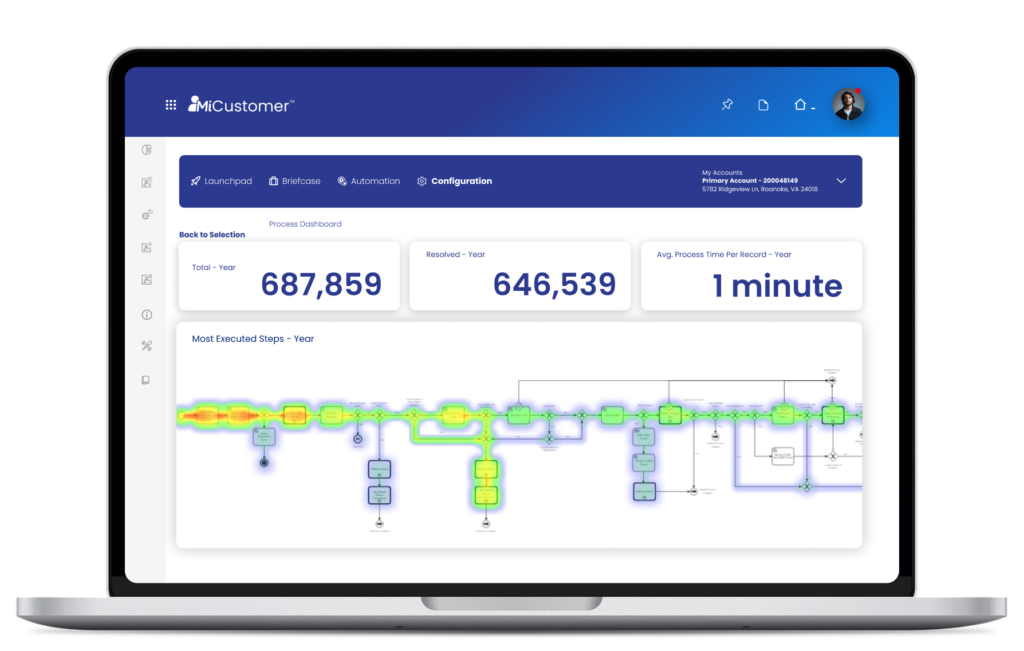
By leveraging advanced analytics and heatmaps, teams gained the ability to see exactly where issues were occurring and understand the reasons behind them. What was once a time-consuming and uncertain process became a targeted approach, enabling employees to address root causes quickly and resolve challenges before they could escalate.
Simplified Onboarding & Learning
Understanding that a great customer experience starts with an even better employee experience, Southwest Gas focused on simplifying how their teams learned and adapted to new processes.
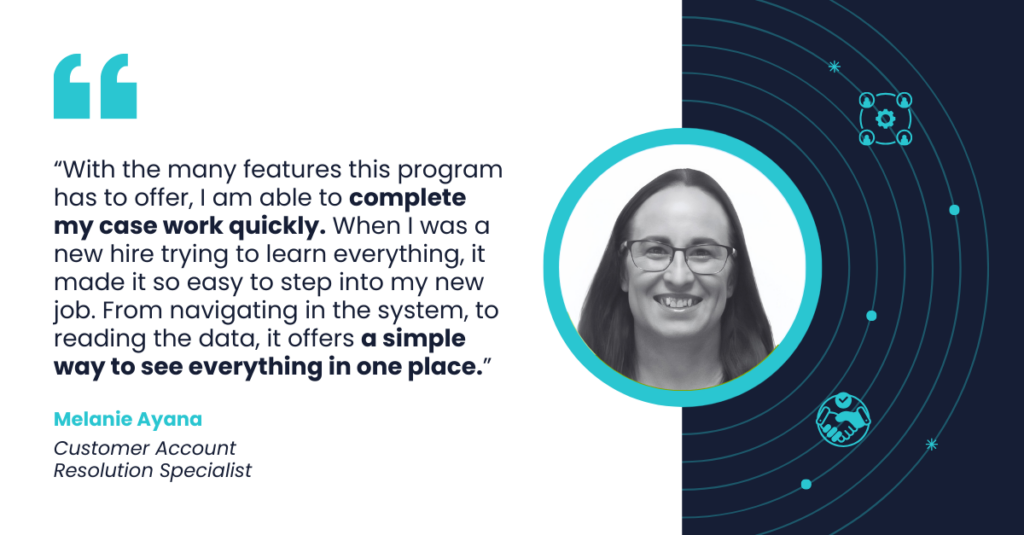
Through intelligent guided procedures, employees were able to build confidence in their roles, especially in cases requiring manual intervention or their unique expertise. By reducing the challenges of adapting to new workflows, employees were empowered to contribute more effectively, creating a more engaged and motivated workforce.
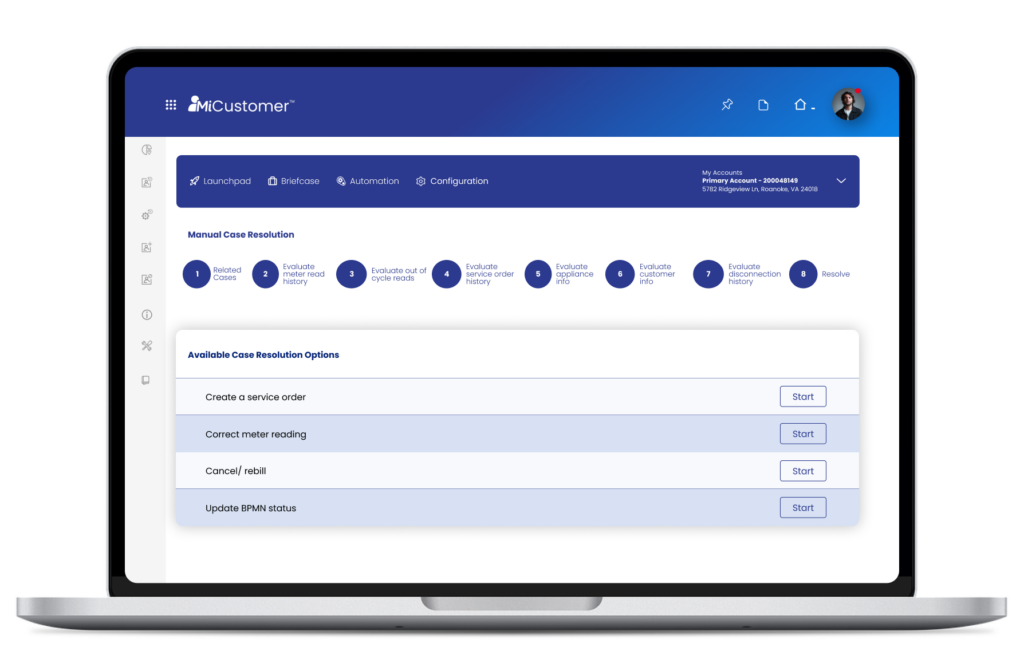
Optimized Workflow Transparency
Having a centralized view of team workflows played an essential role in improving both employee performance and decision-making. Through intuitive dashboards, teams could easily see previous case histories, understand who worked on specific tasks, and quickly dig into details when deeper insights were needed. Ultimately, this transparency allowed supervisors to step in with timely support to improve processes and develop a stronger, more collaborative environment.
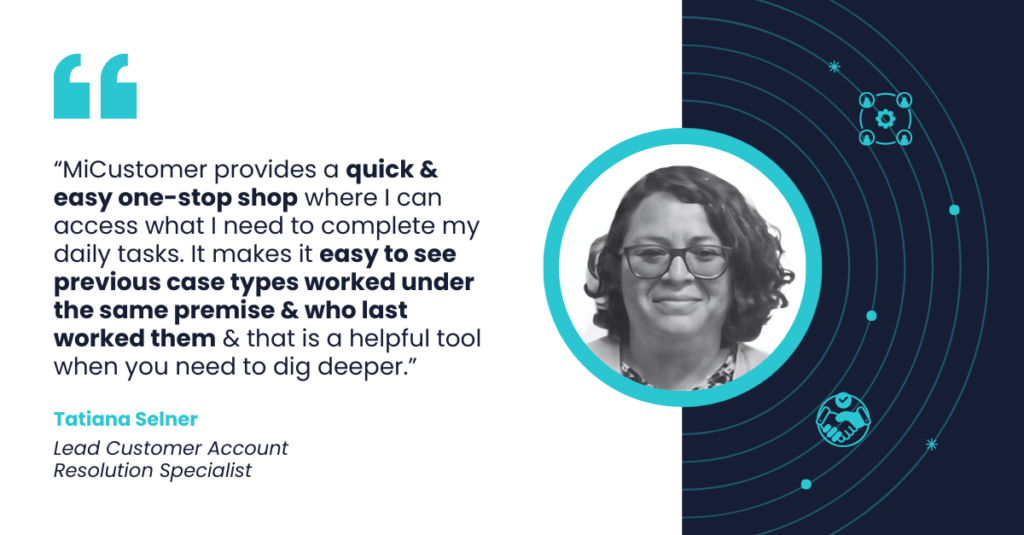
Looking Ahead
Investing in the back office has enabled Southwest Gas to drive impactful changes that touch every part of the utility, reflecting the power of looking inward to create lasting impact for employee and customer experiences, all while strengthening operational resilience and delivering long-term value.
Building on this success, Southwest Gas and Avertra are committed to strategically expanding automation capabilities, targeting a 95% success rate in automatic resolutions. With this vision in mind, the goal will continue to center around driving operational excellence, and delivering excellent customer experiences.












